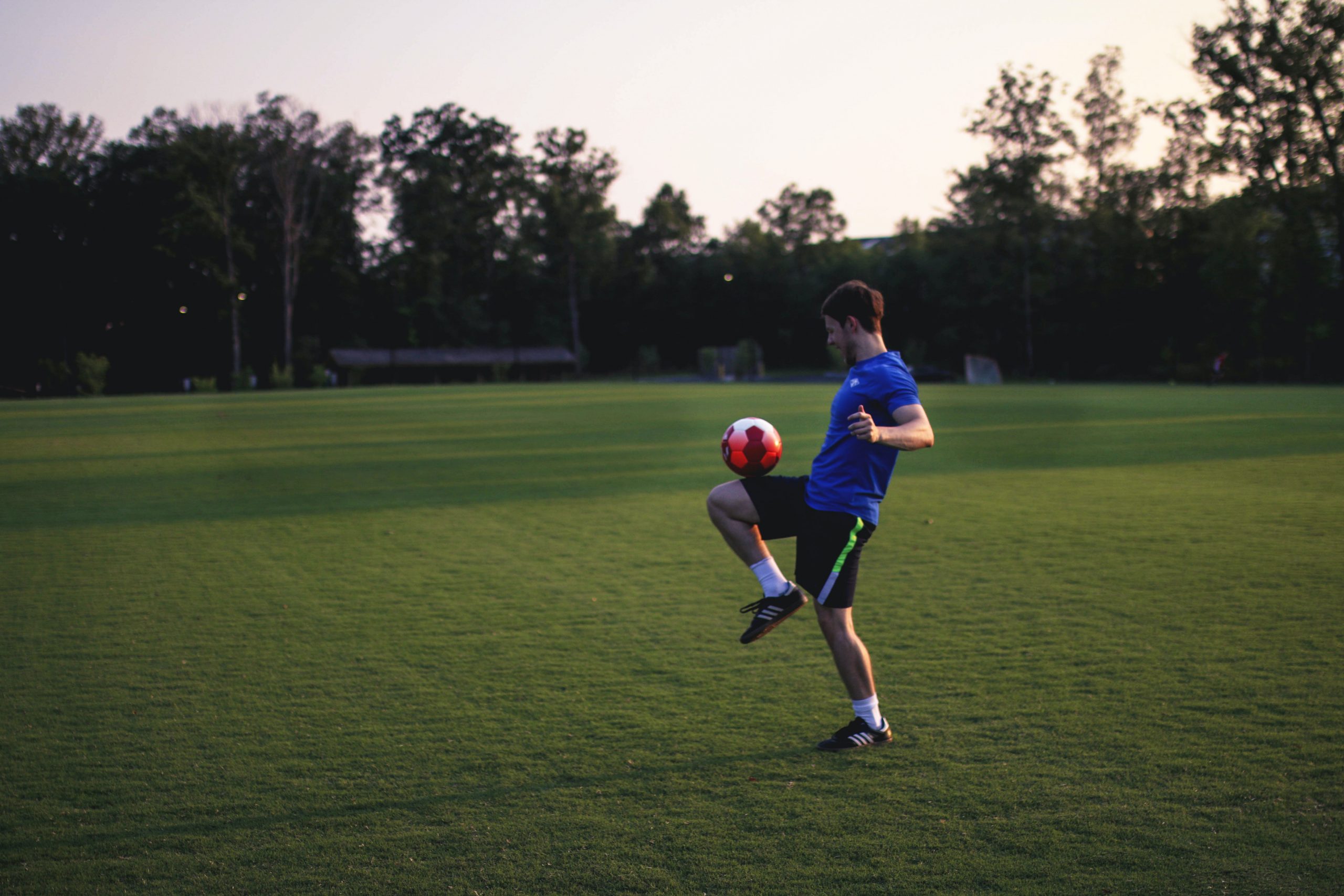We’ve listed the Top 11 Beach Soccer Rules below to help you get the most out of your beach soccer experience. Many tournaments have made changes to these laws, but others are working to comply with FIFA rules. As everybody changes, please be careful with the referees and other coaches. Check out the tournament rules.
Game Delay by the Goalkeeper (the “5 Second Rule”)
The goalkeeper has 5 seconds after gaining hold of the ball to release it.
The winning team is given a direct kick from the middle halfway line if the goalkeeper delays the game (5 second rule).
Modifications
If the ball is in play or not, substitutions may be made at any moment.
Before the replacement may reach the area, the player must exit.
Infraction by a substitute results in a direct kick from the middle halfway line (ALSO INCLUDES a 2 MINUTE PENALTY IN THE PRO BRACKET ONLY)
In the offensive half of the ground, there is a foul.
As a result, a free kick is awarded from the foul spot. Only the ball or the player’s foot can be used to build a mound.
All other players form a straight line parallel to/behind the ball’s location.
Unless injured and replaced, the player who was fouled would take the kick. Only the replacement will take the kick in the event of an injury. The kick is a straight one.
“Cone” for a foul in the defensive half of the field.
As a result, a free kick is awarded from the foul spot. Only the ball or the player’s foot can be used to build a mound.
By drawing a line between the ball and each goal post, all other players create an imaginary “Cone.”
Players must wait until the ball has either touched the field or the opposing goalkeeper before entering the “cone.”
Unless injured and substituted by a replacement, the fouled player must take the kick. The kick is a straight one.
In the penalty area’s “cone,” the ball cannot be messed with. As a result, a penalty kick is awarded.
Kick from the penalty spot
As a result, a penalty kick is awarded. The ball is put in the imaginary penalty box line in the centre. Only the ball or the player’s foot can be used to build a mound. If a player is fouled, he or she must take the kick unless he or she is injured and must be replaced; only the replacement can take the kick. All players must stand 5 yards away from the ball, outside the imaginary penalty box line.
Clearance/Goal Throw
A goal clearance occurs when the ball crosses the end line out of play.
From anywhere inside the penalty box, the goalkeeper can throw the ball into play. The goal clearance is an indirect reset, meaning the opponent receives a goal clearance if the goalkeeper throws the ball directly into the opposing goal. If the ball makes contact with any player, a goal is scored.
Kick to the corner
When a player gains possession of the ball, he or she has 5 seconds to bring the ball into play. Only the ball or the player’s foot can be used to build a mound.
Infractions to this law result in the opposition goalkeeper receiving a ball clearance.
If a player hits the ball twice in a row during the corner kick, the winning team will receive a direct kick from the middle of the halfway line.
Possession of the goalkeeper
When the goalkeeper has possession of the ball during play, he can throw it, punt it with the ball hitting the ground before kicking it, or play the ball with his foot on the ground. All of them are indirect, and there is no way to score a goal in this case. A direct kick in the middle of the halfway line is called a restart.
Rule #9: Goalkeeper Transfer
When a ball is returned to him from a player on his team twice in a row without touching an enemy player, the goalkeeper is not permitted to touch the ball with his hands or arms. This involves balls returned in any manner or with any portion of the body, such as headers or inbound passes.
When the pass-back rule is broken, the winning team is given a direct kick from the halfway line’s middle.
Kick-offs (#10)
This is the only time that opposing players can form a barrier. The distance between the ball and the wall must be five yards.
Once the ball has been touched by the attacking players and is moving forward or upwards, the defending players are free to approach it.
Restart on the touchline or on the sideline
Balls that cross the touch line, also known as the sidelines, can be tossed or kicked in. The ball cannot be picked up to do a throw in after it has been put down for a kick in. Only the ball or the player’s foot can be used to build a mound. There are restarts that are done in a roundabout way. A violation leads to a change of ownership in the same place.

